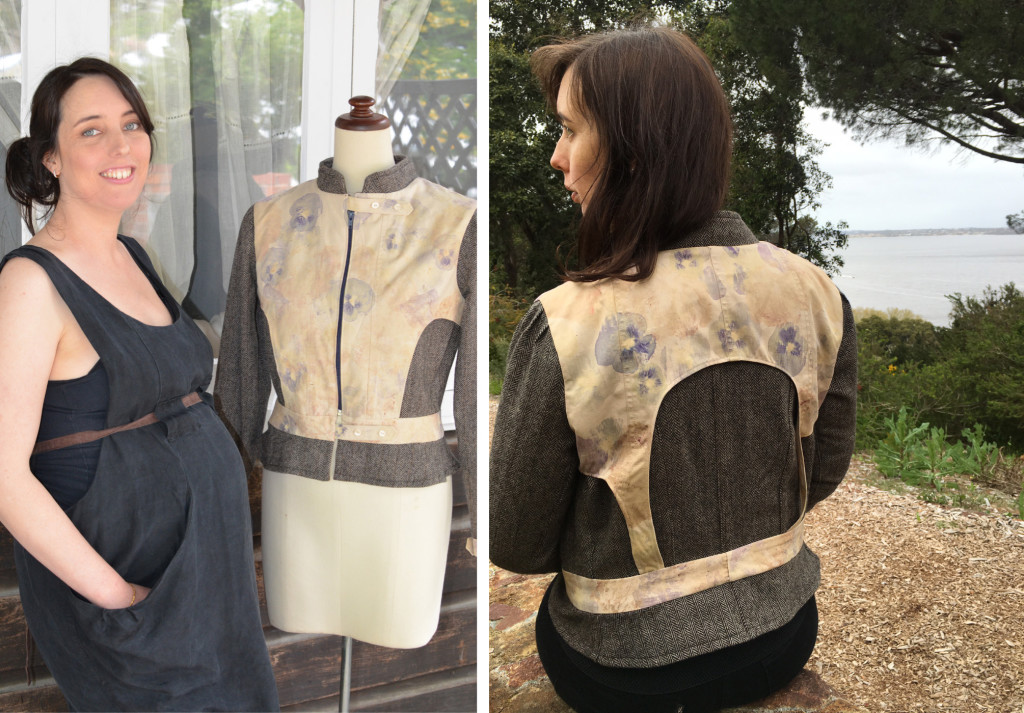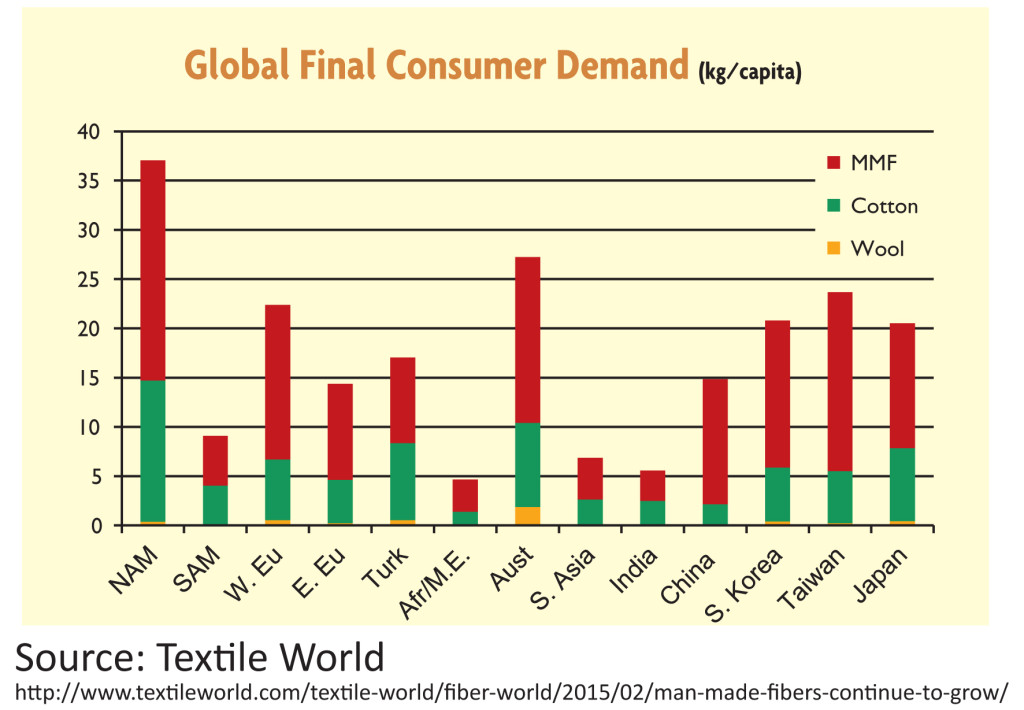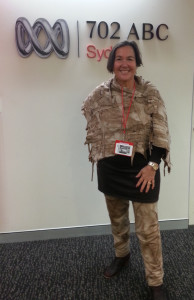Having once been a part of the fashion scene, West Australian maker Jemma Edwards is uniquely placed to comment on contemporary clothing culture which she left behind a decade ago due to the influx of poorly made cheap alternatives.
Aussies send 85% of textiles to landfill
Australians buy an average of 27 kilograms of new textiles each year and then discard about 23 kilograms* into landfill – and two-thirds of those discards are manmade synthetic/plastic fibres that may never breakdown.
Sustainability consultant Jane Milburn said Australians are the second-largest consumers of new textiles after north Americans who annually buy 37kg each, and ahead of Western Europeans at 22kg while consumption in Africa, the Middle East and India averages just 5 kg per person. These figures are sourced from north American magazine Textile World.
“There’s been a transformational shift in the way we source, use and discard our clothing which has major social and environmental implications. Fast fashion produced from global supply chains is driving purchasing of excessive new clothing, often discarded after a few wears,” Ms Milburn said.
A slow clothing approach
A transformational shift during the past two decades in the way we source, use and discard our clothing has major social and environmental implications caused by increasing volumes, changing fibres and loss of repair skills.
These changes in clothing culture brought Jane Milburn of Textile Beat to Ku-Ring-Gai Council in Sydney on Saturday (June 25) to workshop more sustainable approaches, including reviving garments in your wardrobe. Jane was also interviewed by ABC 702’s Wendy Harmer about slow clothing, audio link below.
“Local councils report that about 4 percent of the household waste is textiles and most people know they can donate unwanted clothing for charitable recycling,” Ms Milburn said.
“Charities says about 15 percent of these donations are on-sold through op shops, 15 percent are ragged, 15 percent go to landfill and 55 percent are exported into the second-hand clothing trade.”


